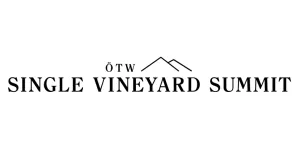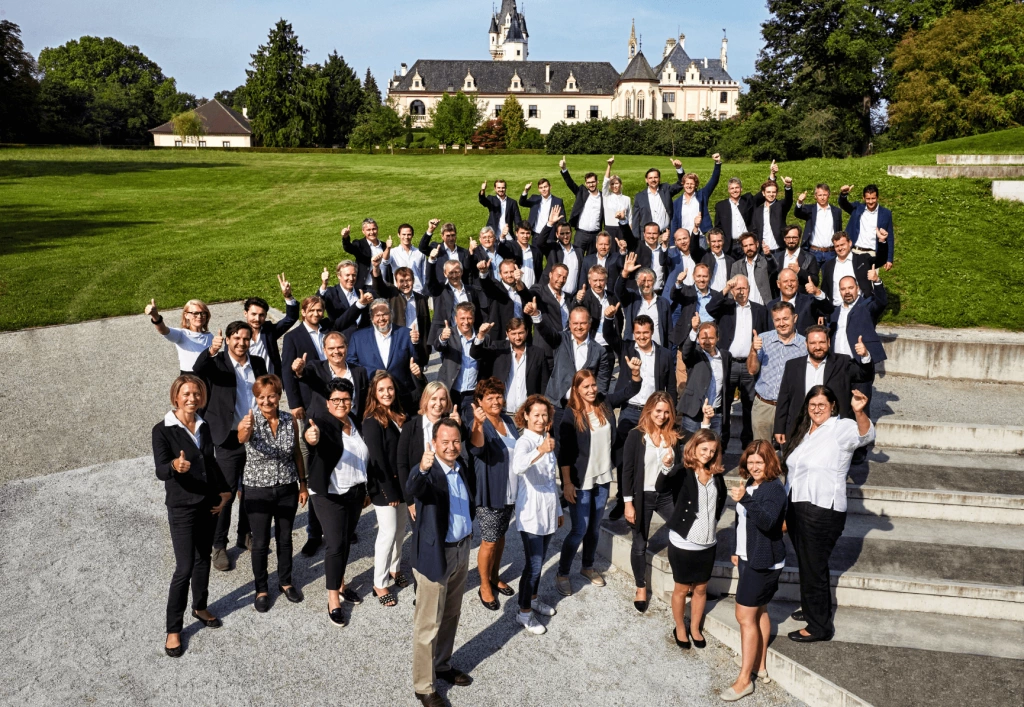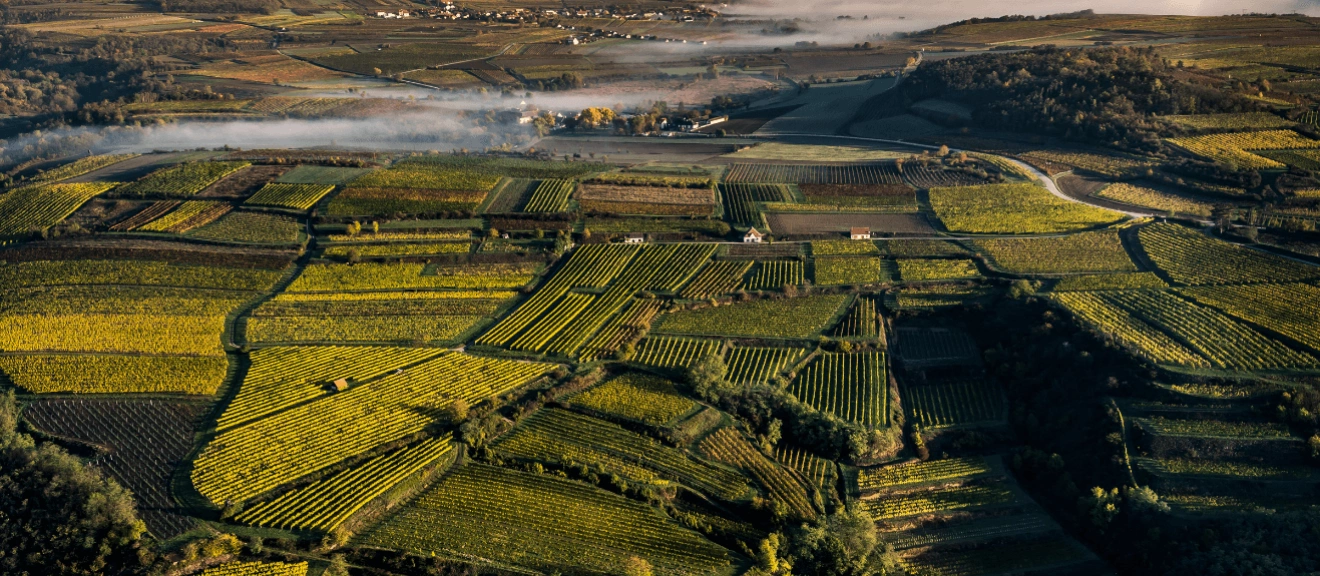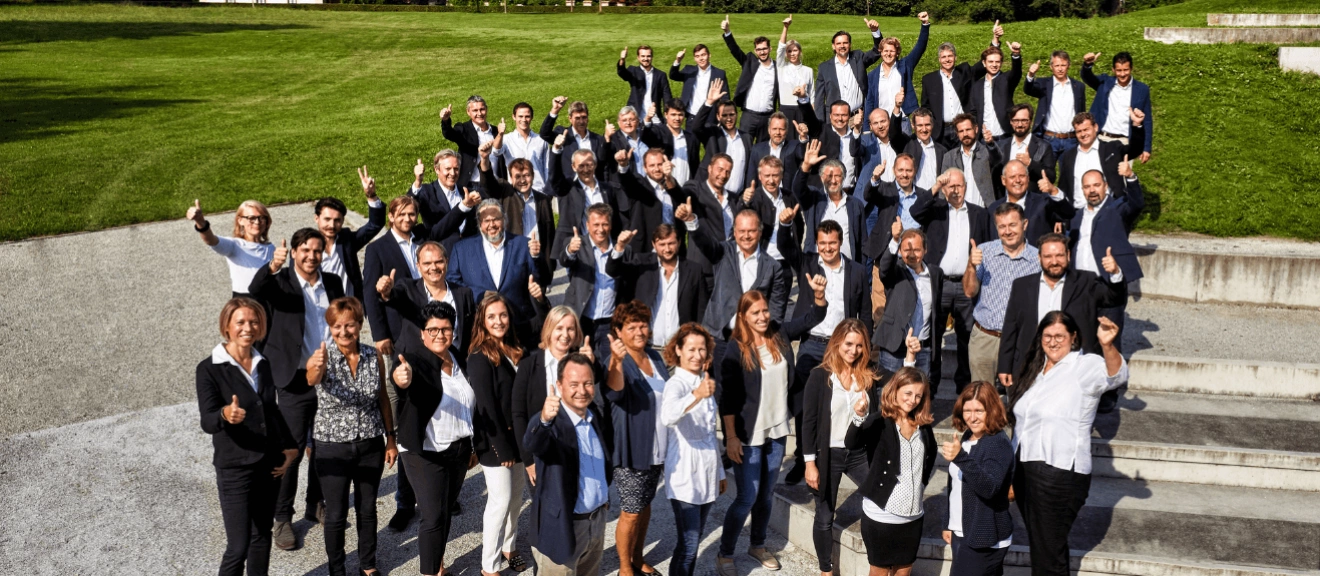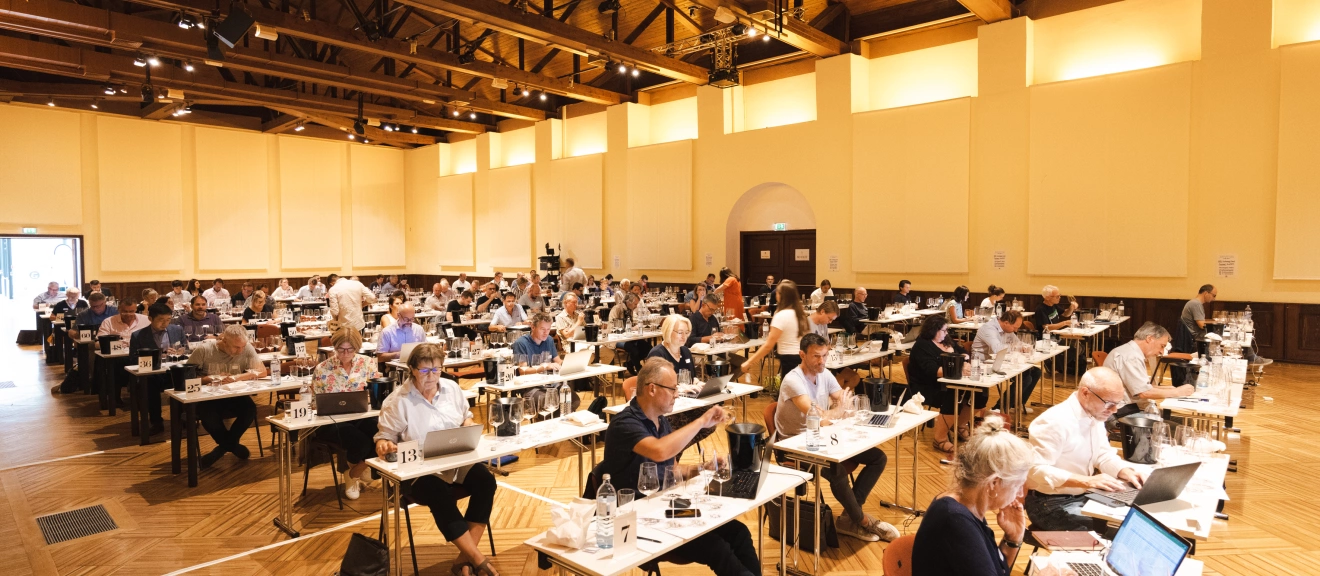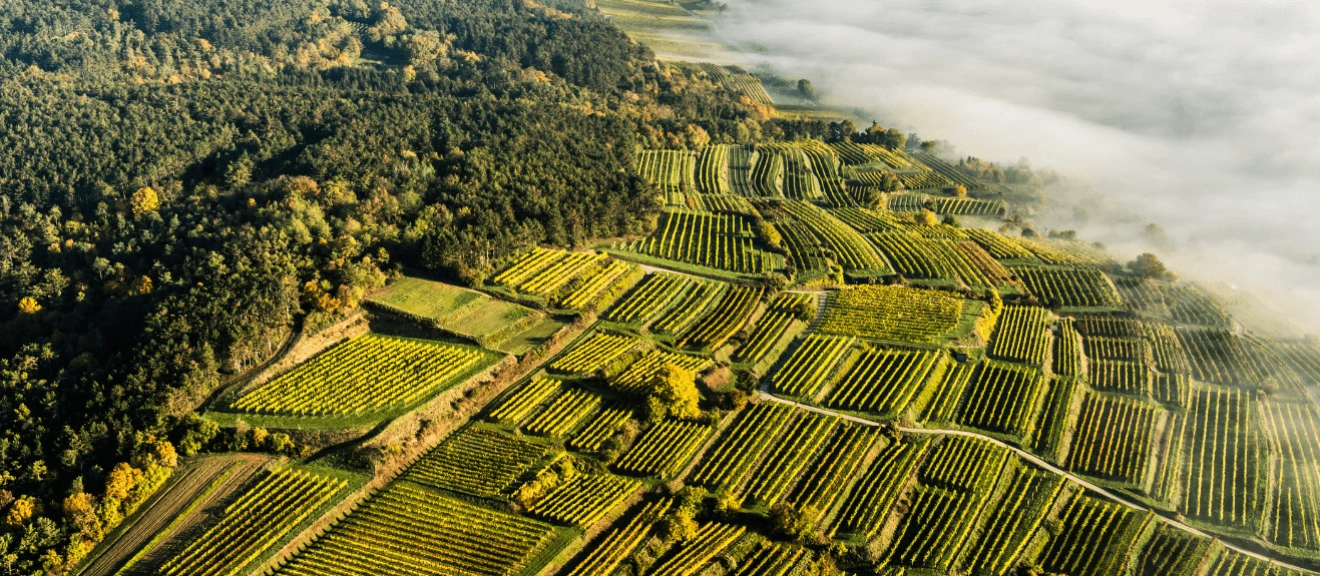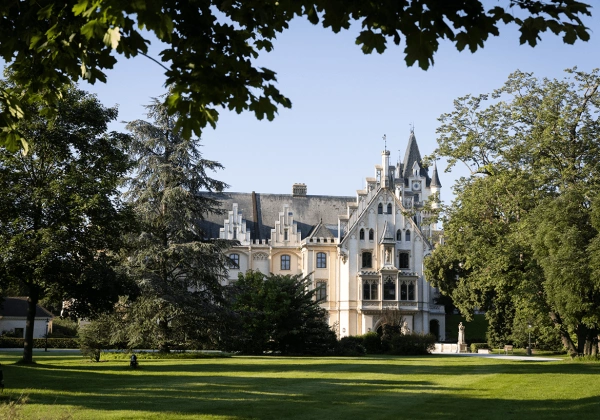Headwinds, then solidarity
For decades, the classification of the ÖTW wineries was viewed critically by many Austrian wine policymakers and the industry, and in some cases even actively opposed. But the ÖTW however, always considered themselves pioneers in the mission to comprehensively assist wine consumers. "There were many wines in Austria with fantasy names, many descriptors, many labels. But there was no clear and stringent principle of origin labelling." For decades, sugar levels were used to officially evaluate wine quality.
Only with the introduction of the appellations and DAC regulations from 2002 did a first approach to the marketing of origin also officially emerge in Austria, and slowly, an understanding of site differentiation also developed.
In 2013, a working group was finally convened at the level of the National Wine Committee (NWK) to discuss the possibility of a site classification for all of Austria’s wine regions. The feasibility of different positions, philosophies and possibilities were examined. In the end, the ÖTW classification system prevailed.
After this ten-year process, the classification ordinance has now been signed by the Minister of Agriculture and Forestry Norbert Totschnig, putting the basis for a nationwide site classification in place. After an extensive assessment process modelled on the ÖTW classification system, the respective Regional Committees (RWK) can submit a classification proposal to the National Committee (NWK) and, after its confirmation and decree by the Minister, all wineries in an area can use the designation ’Erste Lage’ or ‘Grosse Lage’ for wines from these vineyards.
This is the first nationwide legal site classification outside France - and the international wine world will be watching this process with particular attention and interest.
